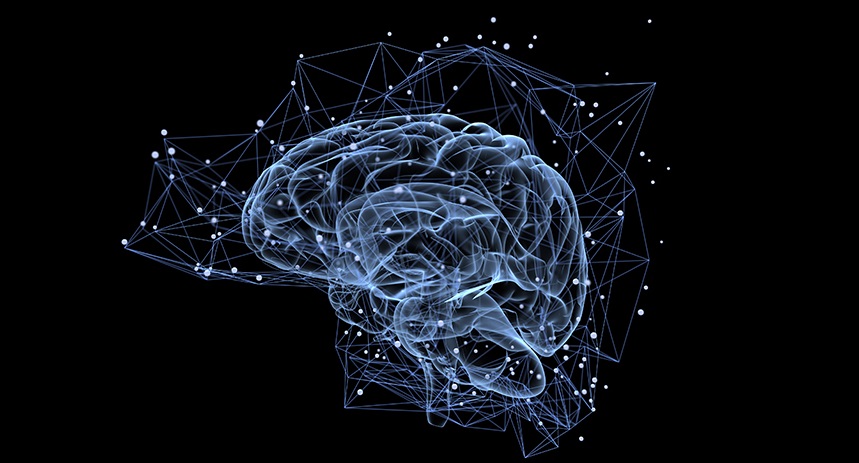Cases & Voices
The Human Brain Project: navigating brain networks

The TICAL Conference and the Latin American e-Science Meeting (August 30 to September 2, online) announced at the beginning of May the name of the Polish Pawel Świeboda as one of its main panelists. His nationality already sounds “different” to the Latin American public (it is the first time that the events will have a panelist from Poland) and his work area even more so: Świeboda is the General Director of the Human Brain Project (HBP), one of the world's largest research initiatives in the area of brain sciences. But… what does the human brain have to do with the research and education efforts promoted by NRENs and universities? The answer is... everything. And this is what you will read from now on in Cases and Voices.
(Source: In the Field) The human brain is a truly amazing and awe-inspiring thing, performing feats that even the most sophisticated computers are only just starting to tackle and doing so using a tiny amount of energy. Understanding the brain’s multi-level organisation and behaviours is a challenge so extraordinary that no single research project could claim to provide the full picture. Collaboration on a vast scale is needed.
The Human Brain Project (HBP) is a unique, lasting contribution building a research infrastructure to harness multiple disciplines and computing, to help advance neuroscience, medicine and computing to the benefit of society.
How the magic works
The HBP is focusing on expanding its innovative EBRAINS digital infrastructure, which provides access to the most comprehensive set of brain data yet made available, along with an unprecedented array of digital resources for sharing, analysing and storing such data.
The computing infrastructure
From a technological view, EBRAINS is built on the FENIX infrastructure (Federated Network for Information Exchange) which opens up the major European supercomputing centres – BSC in Spain, CEA in France, JSC in Germany, CSCS in Switzerland, and CINECA in Italy – to neuroscientists and other researchers in a cloud-like manner.
Areas of work
Under the new Grant phase, the project focuses on getting EBRAINS firmly operational, with nine Workpackages (WPs) contributing to building the infrastructure and expanding scientific research. The scientific WPs target brain networks across different scales, their role in consciousness and brain disorders, and the development of artificial neural networks and neurorobotics. Meanwhile, the infrastructure and administrative teams further develop ICT platforms to access and utilise brain data by the wider scientific community; and support services such as legal, ethics and outreach; all of which reflect the inter-disciplinary nature of the project and act as instruments to harness EBRAINS.
A game-changing mission
There is no research infrastructure currently available in Europe that is or could be similar to EBRAINS in its goals, scope, multi-disciplinarity and level of technological development to decode the human brain’s complexity, and translate this knowledge into advances in technology, computing and medicine that deliver tangible benefits for society.
With this visionary, long-term European collaborative technology, HBP aims to:
- Improve health
The HBP wants to ensure Europe’s medical sovereignty. An increasing number of applications are built on EBRAINS new technologies. For example, a method for personalised modelling of patient brains is currently undergoing clinical trials, the first of its kind. EBRAINS’ informatics platform enables analysis of patient data, without the highly sensitive information having to leave the hospital.
- Apply brain-derived applications
Improved understanding of the brain and the ability to harness that knowledge also provide an important underpinning for Europe’s economic competitiveness and digital leadership by mastering some of the key technologies which will determine the terms of future global competition, including brain-inspired AI, robotics, and high performance computing.
- Enhance collaboration
HBP also encourages the major challenges for neuroscience to be addressed collaboratively, generating the necessary synergy between research efforts across several different disciplines; providing a unique, distributed digital research infrastructure for all of Europe and beyond for a new era in brain research.
How does the NRENs support this?
The data handling requirements of a project such as the HBP are immense, and typical of such a large-scale collaboration. This is why GÉANT, RedCLARA’s European partner network, works with PRACE (the Partnership for Advanced Computing in Europe) to ensure that the European supercomputing centres are interconnected across the National Research & Education Networks. GÉANT is also working closely with FENIX for the design, implementation, operation and continuous evolution of the FENIX Authentication and Authorisation Infrastructure (AAI) aiming at connecting users as seamlessly as possible to the services offered by the supercomputing centres to the EBRAINS platform and other Generic Community Platforms, using a single set of credentials.
For more information about the HBP, please visit Human Brain Project Home




